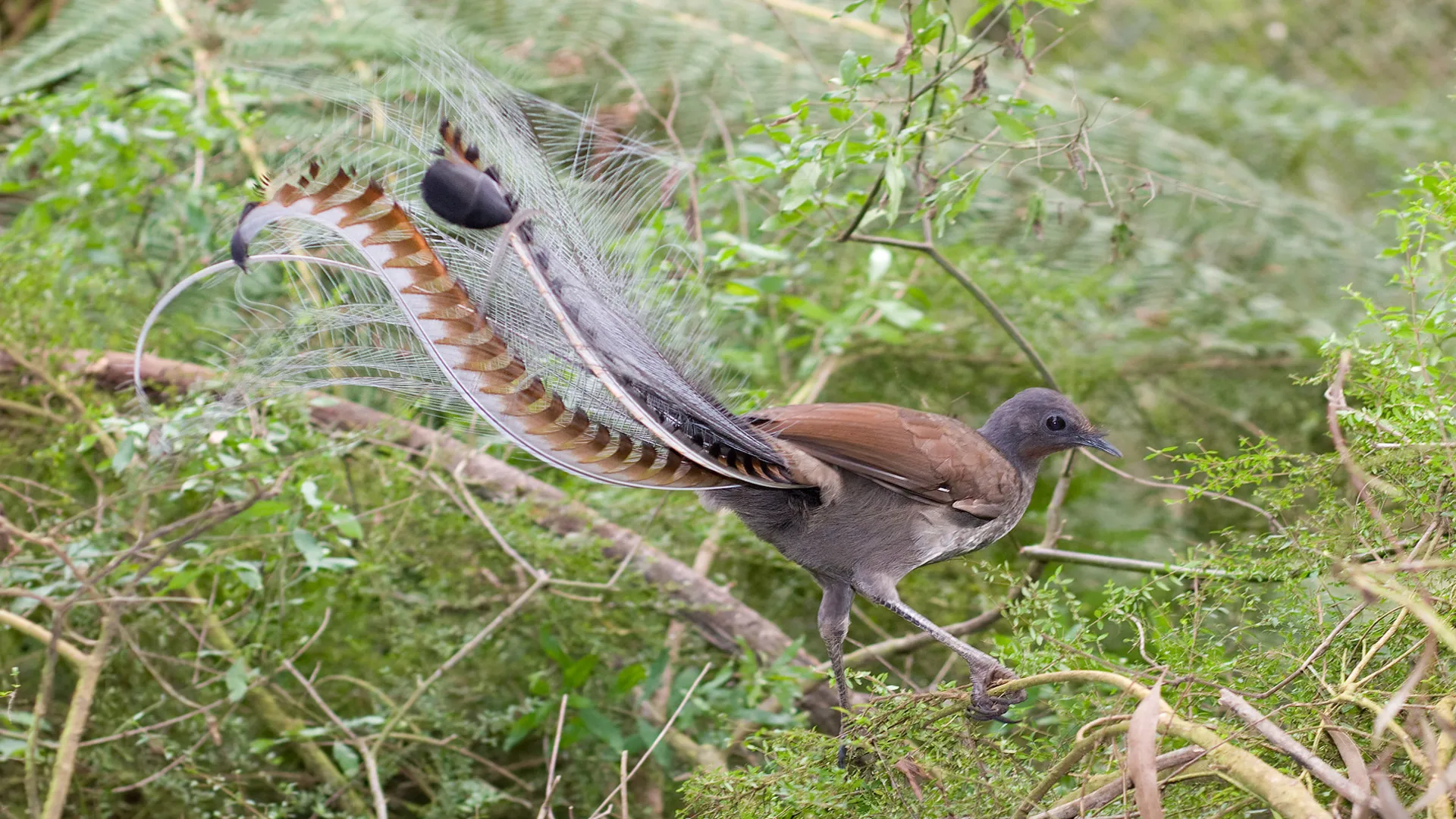
At one of the most significant sites in the world, a groundbreaking fossil was discovered: an extinct species of 17-18 million years old bird with strong ties to Australia’s most iconic species of songbird.
Riversleigh, in northwest Queensland, Australia, is one of the world’s premier fossil sites. Its exceptional remains of mammals, birds, and reptiles, 25-15 million years old, help scientists understand Australia’s evolution and its natural history.
According to the Australian Fossil Mammal Sites World Heritage Area, it ranks among the top ten fossil sites worldwide. “As one of the four most significant fossil sites in the world, Riversleigh has revealed hundreds of extraordinary extinct species that were challenged by previous cycles of climate change.”
Thus, it may come as no surprise that yet another treasure has surfaced with insights into Australia’s rich past.
The Department of Environment, Tourism, Science and Innovation of the Queensland Government recently announced that the remains of an extinct species of a ground-dwelling bird that walked the Earth millions of years ago show how deep the roots of Australia’s unique songbirds run, according to a press release.
An ancient relative of the lyrebird
The wrist bone discovered at Boodjamulla National Park (Aboriginal land) belonged to none other than a large earth-bound close relative of the lyrebirds known for their extraordinary vocal abilities and elaborate tail feathers.
Previous evidence from Riversleigh has placed lyrebirds in Australia for millions of years, making the newly identified Menura tyawanoides even more significant for Australia’s natural history, due to their familial relationship.
But beyond its sheer existence, as a large terrestrial bird with a limited capacity for flight, the Menura fits into a rare category of birds like ostriches and penguins that stay grounded rather than taking off into the skies. Much like lyrebirds, they appeared to have the capacity to fly, but only short distances.
According to the press release, they would have instead lived in the dense understory of ancient lowland tropical rainforests, bringing Australia’s prehistoric environment back to vivid life.
Why national parks are important
Professor Mike Archer from the University of New South Wales described the stunning environment where the bird fossil was found, with its signature “emerald-green waters and towering sandstone cliffs and diverse living wildlife.”
The discovery highlights a splendid location on Earth and, therefore, the importance of protecting the world’s wonders, brimming with natural history and insights into addressing climate change today.
The Menura tyawanoides and the entire fossil record at the park hold valuable information about today’s ecosystems, how they are likely to change in the future, and what they can do to avoid extinctions driven by climate change, which is currently threatening living animals in Australia.
“We are dedicated to protecting and preserving this protected area for generations to come,” the government of Queensland said.
“The Riversleigh section of the World Heritage Area is a wonderfully fossil-rich window into Australia’s past, offering an unparalleled glimpse into ecosystems that existed millions of years ago. Its thousands of fossil discoveries are helping us piece together the story of life on this continent,” the press release concludes.



